Why 108MP isn’t the Samsung Galaxy S20 Ultra camera’s real headline feature
Megapixels don't show the bigger picture
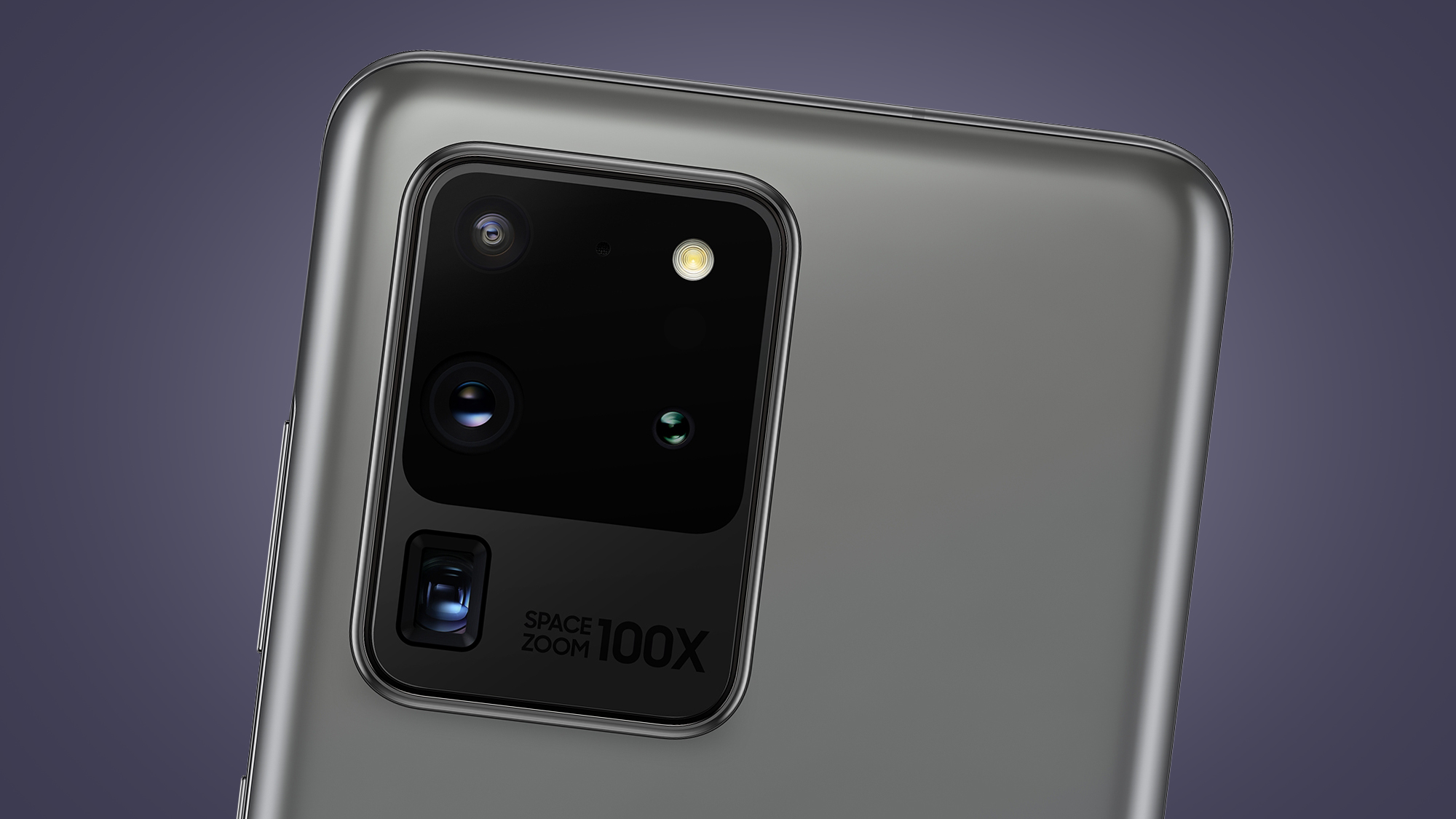
The Samsung Galaxy S20 Ultra launch was a strange mix of old and new – we were blasted with a confetti gun of futuristic camera features, but also reacquainted with an old friend called the ‘megapixel war’.
Back in the early days of digital cameras, ‘megapixel war’ was an unsubtle dig at manufacturers who bumped up megapixel counts, then marketed this as some kind of numerical signifier of image quality.
Of course, this was way before computational photography shredded the rulebook and made image processing, rather than hardware, the most important factor in smartphone camera quality. And yet here we are again in 2020, with the Galaxy S20 Ultra banging the megapixel drum and claiming that camera resolution is, like a My Chemical Romance comeback, suddenly a big deal again.
So what is going on here? Is Samsung just throwing big numbers around again, or is the Galaxy S20 Ultra a genuine leap forward for smartphone cameras? The short answer is, yes, the S20 Ultra is doing something genuinely interesting, but also that megapixels aren’t the main reason why it's exciting. To find out why, let’s dive into a tale of buckets and Italian cooking...
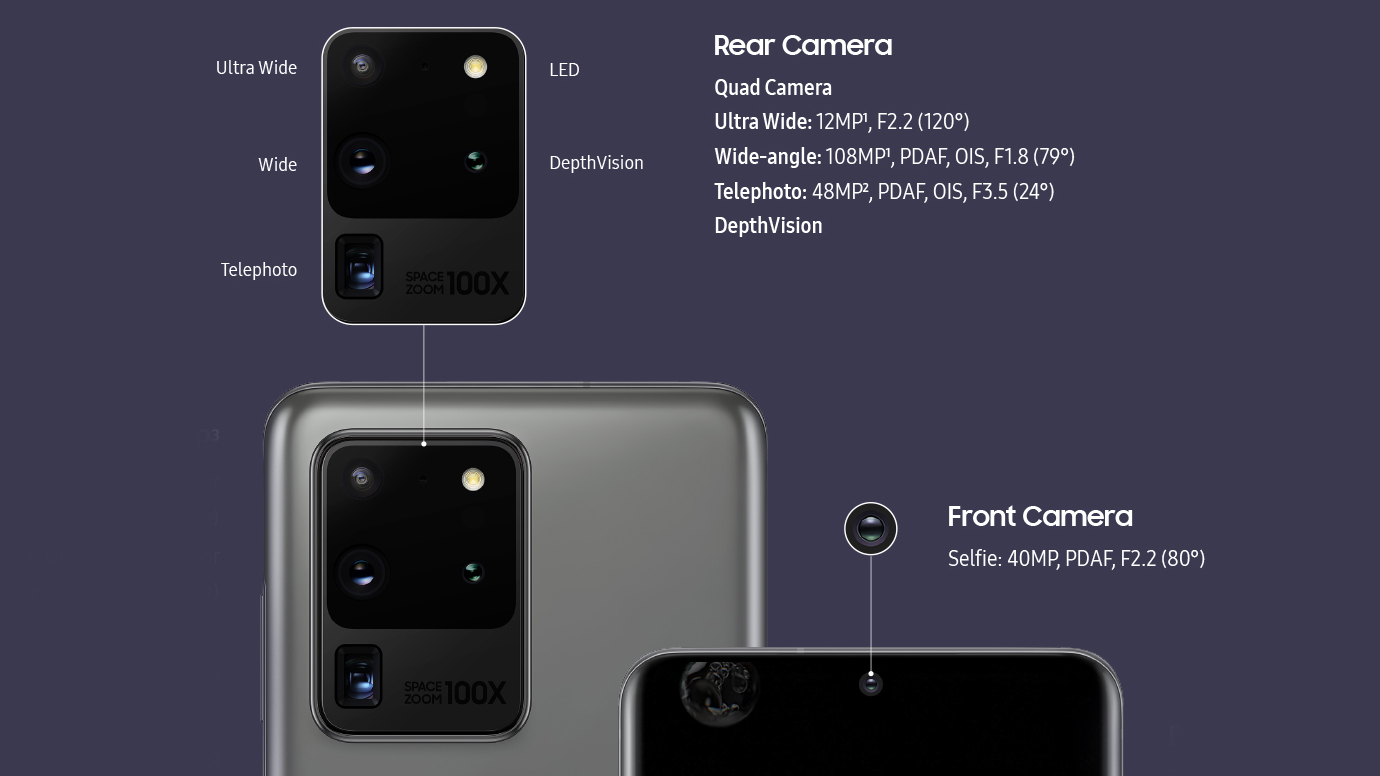
Why the Ultra is peak Galaxy
If you missed the Galaxy S20 Ultra launch, here's quick recap of its camera system. The top lens is a fairly standard ultra-wide 12MP f/2.2 camera, but below that are two of the most interesting bits of smartphone camera hardware we’ve seen for a while.
Firstly, there’s a supporting act in the form of a 48MP f/3.5 telephoto camera, which serves up the 100x ‘Space Zoom’ that’s exclusive to the S20 Ultra.
On paper, this sounds inferior to the 64MP f/2.0 telephoto equivalents on both the Galaxy S20 and S20 Plus, which similarly have 0.8-micron pixels. But they crucially lack the ‘folded’ 102mm equivalent telephoto lens stuffed away in the S20 Ultra’s back pocket, instead achieving their 3x lossless zoom (or 30x digital zoom) by cropping the 64MP image. This is still a good zoom, but not ‘Ultra’ good.
Get daily insight, inspiration and deals in your inbox
Sign up for breaking news, reviews, opinion, top tech deals, and more.
The S20 Ultra’s telephoto uses tech that is, in theory, superior to its two stablemates and rivals like the Oppo Reno 10x Zoom. Like Oppo, its periscope lens provides lossless optical zoom up to a point (in this case, 4x zoom). Then a combination of digital techniques (cropping and pixel binning) takes it up to 10x zoom (which is still apparently 'lossless'). After that, you're on a rocky, increasingly degraded digital zoom road all the way to a ludicrous, and so far muddy-looking, 100x 'Space Zoom'.
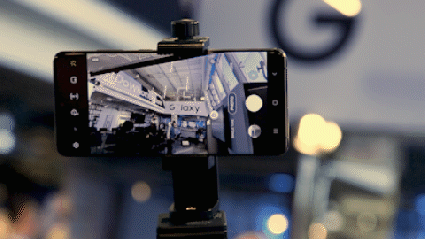
Space Zoom sounds like a fun party trick, but Samsung reserved its really big claims for the S20 Ultra’s main 108MP f/1.8 camera. “You get a photo album’s worth of detail in a single shot”, Samsung’s Drew Blackard exclaimed at the Unpacked launch. Naturally, he followed it up with “the key to capturing a high quality photo is a high resolution camera”.
Before we explain why these statements are, respectively, optimistic and simplistic, there is one less soundbite-friendly reason why the S20 Ultra’s main camera is exciting – it has a huge sensor. The S20 Ultra’s 1/1.33in sensor is the joint-second biggest we’ve ever seen in a phone, beaten only by the Nokia 808 Pureview.
Why is this a big deal? Machine learning techniques like Apple’s ‘Deep Fusion’ and Samsung’s ‘AI camera’ may now have a bigger influence on image quality than ever before, but hardware remains an important base for these computational toppings – and all else being equal, bigger sensors are better photographic dough.
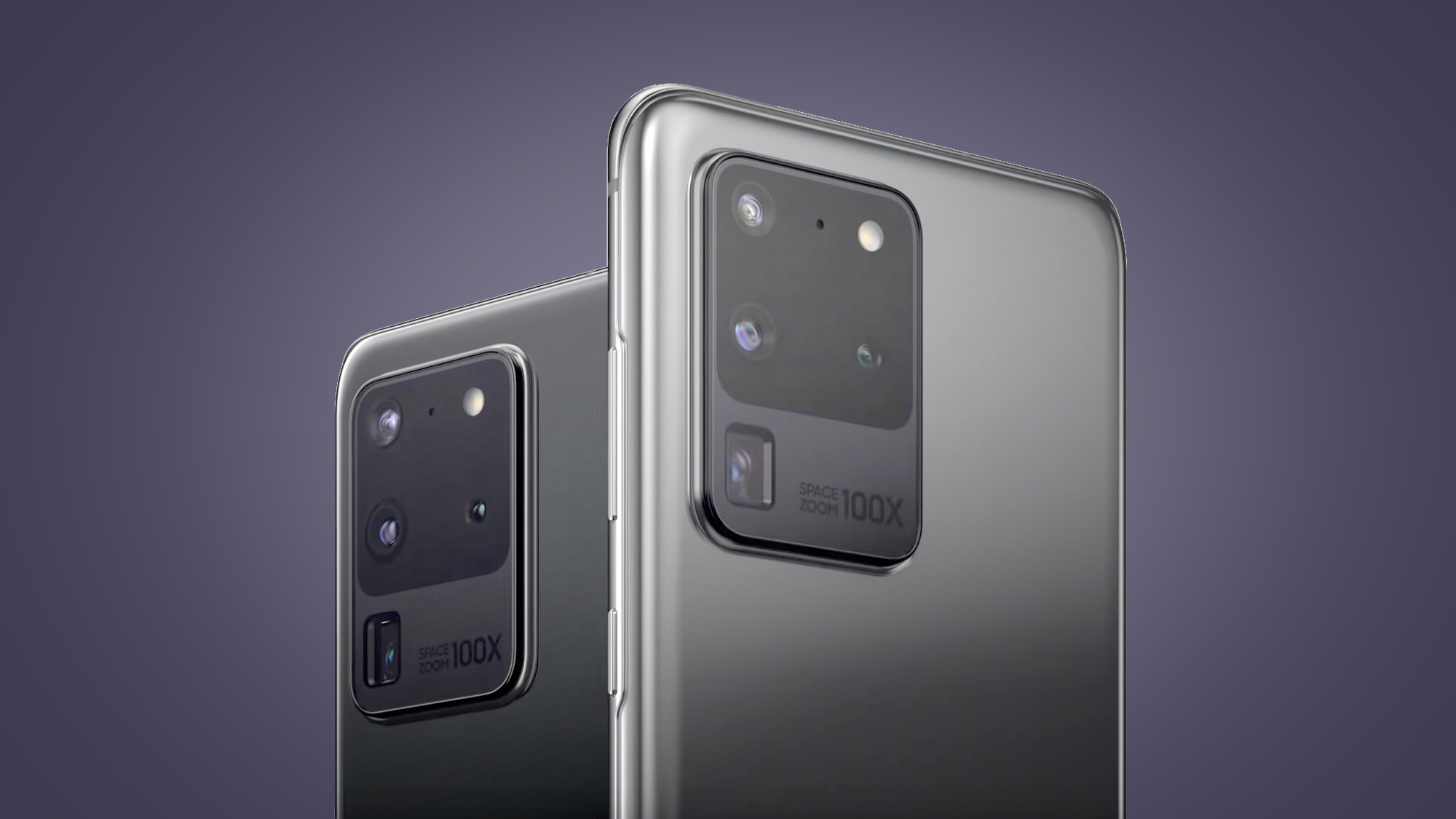
The megapixel conundrum
The reason why bigger sensors are desirable is because they have greater light-gathering powers. The classic analogy is to imagine a sensor’s millions of photoreceptors (the pixels) as buckets, and light photons as rain falling into them.
The larger the bucket, the stronger its image signal, and the less it needs amplification that can lead to noise (think snowy grain) or lower dynamic range. This is the megapixel conundrum – cram lots of smaller buckets onto a sensor, and the images will have more pixels that’ll potentially create a sharper image. But smaller buckets usually have weaker image signals, which in turn could see noise obscure all that extra detail if it isn't handled correctly.
This is why the S20 Ultra (and other high-resolution phones before it) seemingly offer the best of both worlds with ‘pixel binning’. The S20 Ultra’s default mode is to actually shoot 12MP photos, by turning groups of nine pixels into one big 2.4-micron pixel. That huge ‘bucket’ could support some of the best low light photography we’ve seen from smartphone – in theory, at least.
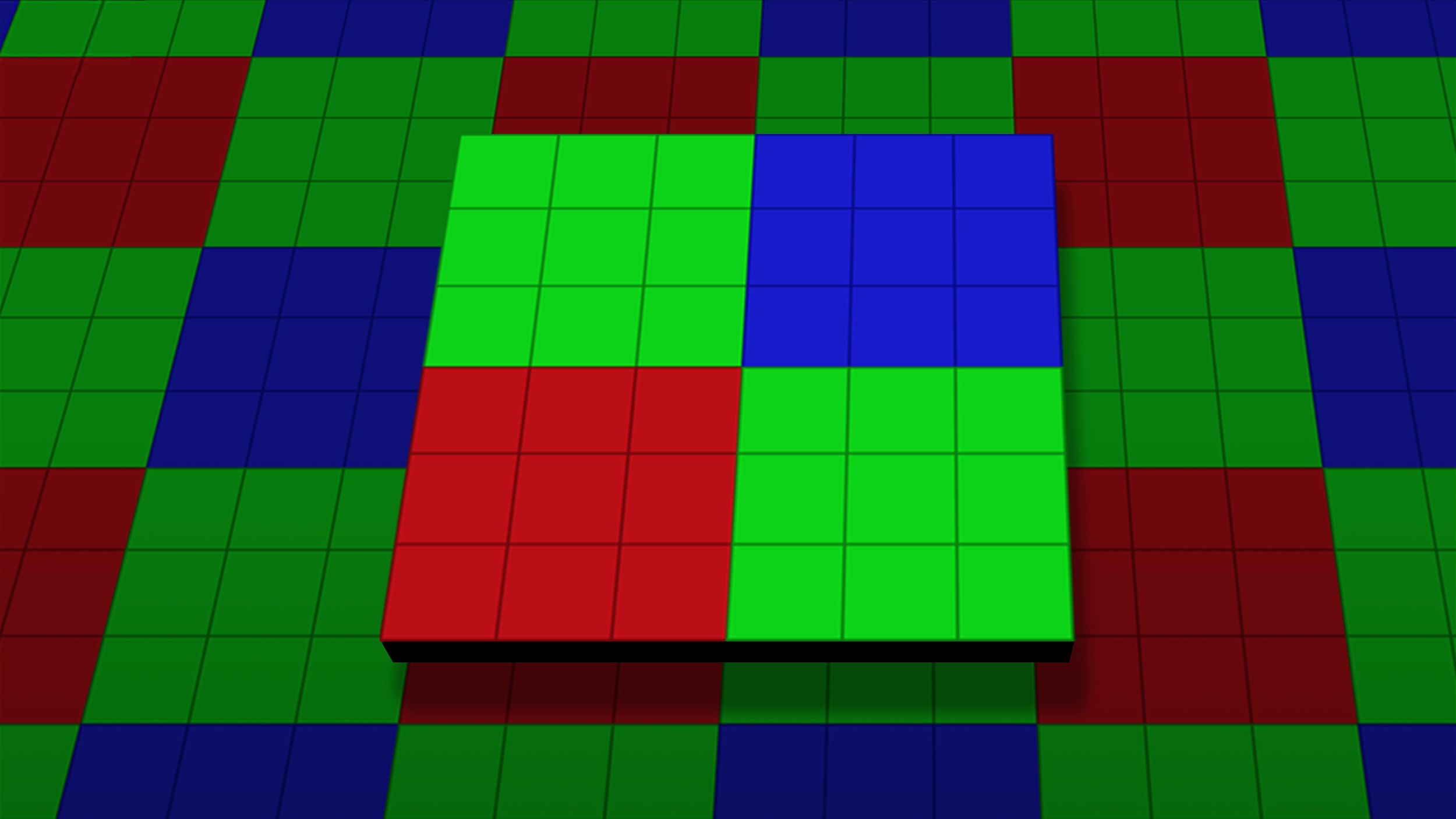
When lots of light is available and you want extreme detail, you can flip the S20 Ultra into its 108MP mode. The idea isn’t that you’ll be taking lots of 108MP landscapes – a resolution that very few non-professionals need – but that you’ll have the leeway to crop into interesting details without losing picture quality.
This is one of the reasons why high-resolution cameras like the Fujifilm GFX 100 exist. But the Samsung Galaxy S20 Ultra isn’t, for many physics-based reasons, a Fujifilm GFX 100. And cameras like that remain niche in the photography world for one big reason – actually harnessing that resolution is an extremely difficult, and often self-defeating, pursuit. And that's with tripods and remote shutters.
Why megapixels don’t matter for most people
In the real world, photo quality comes from a delicate balance of ingredients and flavors. Focusing on megapixels is like cooking a delicious puttanesca and concentrating solely on the number of pasta shells. Yes, a generous helping will increase your chances of carby goodness, but it might also overwhelm the whole dish.
Just as important as resolution are color science, image processing, lens quality and, perhaps most crucially, autofocus. If those last two aren't up to scratch, resolution is pretty irrelevant. This is why “the key to capturing a high quality photo is a high resolution camera” isn’t really true outside of carefully staged photo shoots.

Every camera is a compromise and the S20 Ultra is no different. For example, it’s interesting that its main 108MP sensor doesn’t have the speedy Dual Pixel AF seen on the S20 and S20 Plus, instead going for the standard, less advanced phase detect autofocus. It may compensate for this with some clever A.I trickery, but on paper this could make it more prone to focusing errors.
Does this mean Samsung's S20 Ultra camera claims are all marketing hot air? Far from it. The huge sensor is potentially a real boon for natural-looking low light photos, and we’re excited to see how this all mixes with Samsung’s tasty computational sauce. It’s just unlikely to be the physics-busting all-rounder Samsung suggests, and the S20 and S20 Plus may even be the better compromise for most people.
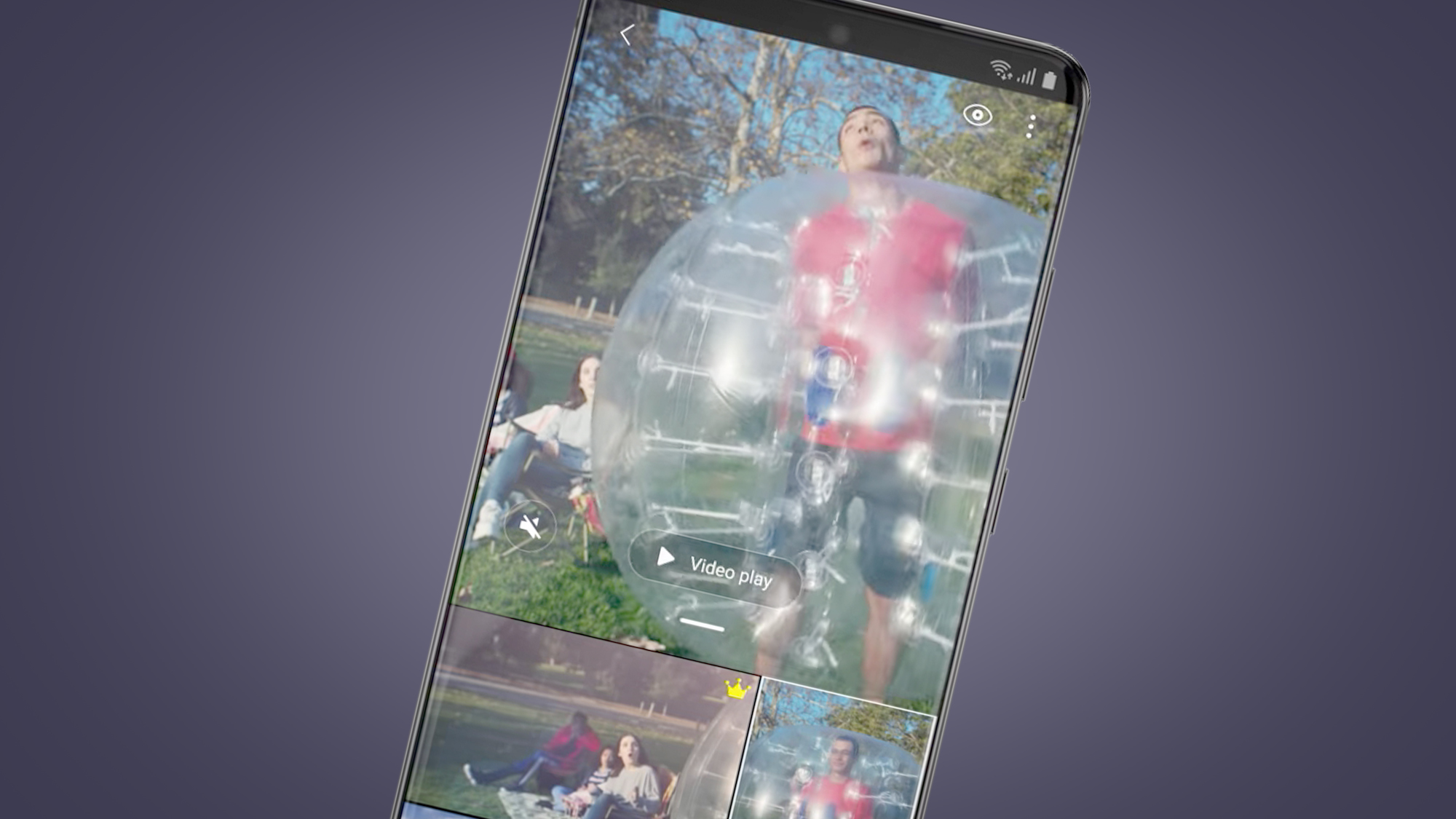
Shooting to its strengths
The real stars of the S20 series could even turn about to be innovative software features like Single Take (above). This mode simultaneously shoots a variety of different photos – ultra-wides, portraits, hyperlapse videos – over a ten-second period, then lets you choose the best.
This impressed us during our early Samsung Galaxy S20 Ultra review and is something you simply can’t do with a standalone camera. It’s good to see phones pioneer user-friendly tricks like this, rather than trying to become 9mm-thick pro DSLRs. Like the Fujifilm X100V, the best cameras are the ones that have evolved to suit their natural environment – and for phones, that's still largely point-and-shooting.
We can’t yet be conclusive about the S20 Ultra, but the likelihood is that its 108MP resolution does more to support Samsung’s quest for big numbers (100x zoom, 8K video with a five-minute recording limit) than the quality of our everyday photography. Its headline features are full of caveats, but beneath them is impressive hardware and software that should make the S20 Ultra a real contender for the title of best camera phone.
For now, though, all we’ve seen are the camera’s ingredients – we’ll find out exactly how good the dish is in our full S20 Ultra review soon.
- Read our in-depth Hands On: Samsung Galaxy S20 Ultra review

Mark is TechRadar's Senior news editor. Having worked in tech journalism for a ludicrous 17 years, Mark is now attempting to break the world record for the number of camera bags hoarded by one person. He was previously Cameras Editor at both TechRadar and Trusted Reviews, Acting editor on Stuff.tv, as well as Features editor and Reviews editor on Stuff magazine. As a freelancer, he's contributed to titles including The Sunday Times, FourFourTwo and Arena. And in a former life, he also won The Daily Telegraph's Young Sportswriter of the Year. But that was before he discovered the strange joys of getting up at 4am for a photo shoot in London's Square Mile.